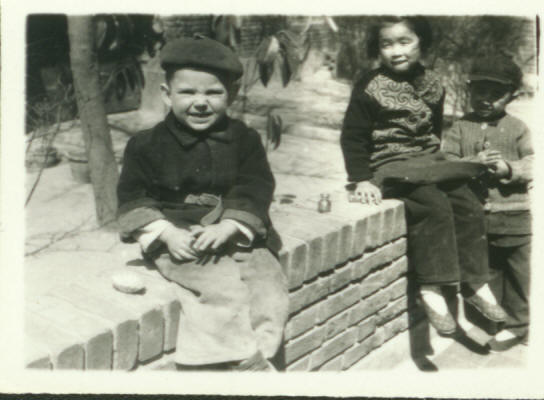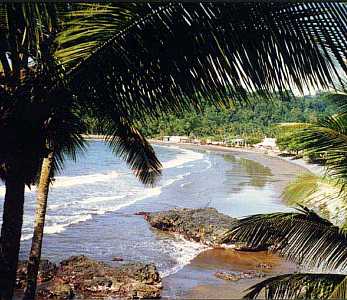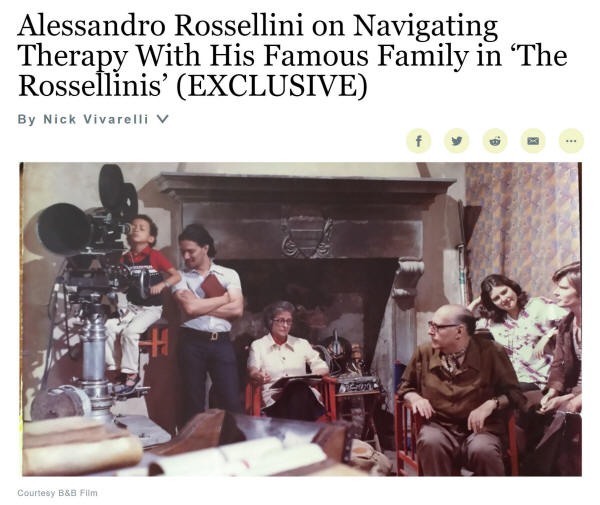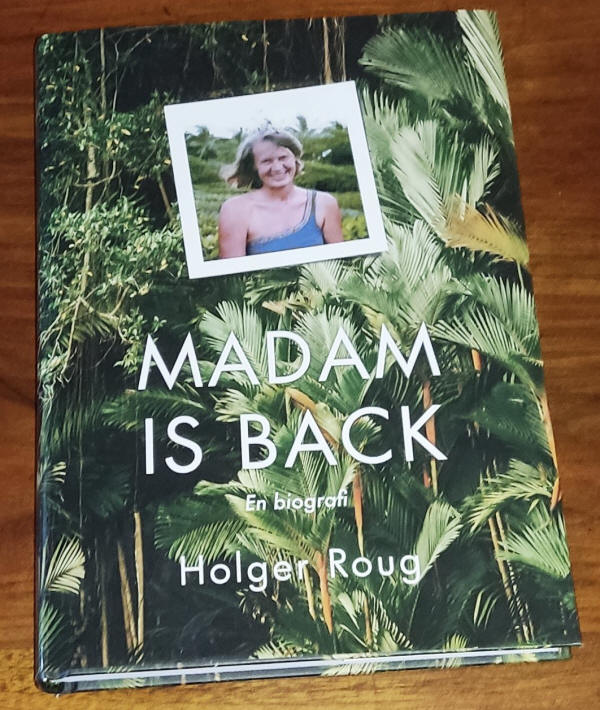me in China
why am I here? Who are the people around me. A child is wondering. |
 |
|
| |
These are the private, subjective, spontaneous “notes in progress”
as the impression form the book are fresh. |
Det här är de privata, subjektiva, spontana
"noterna pågår" eftersom intrycket från boken är fräscht.
|
| Brideshead Revisited |
 The book is read in parallel with the daily watching the Brideshead
Revisited, the third time. The book is read in parallel with the daily watching the Brideshead
Revisited, the third time.
|
|
| my reference |
The second immediate reference is my life
 on Sao Tome, Africa but
with many similarities to Dominica. (Actually, when I was accepting the
offer I was under impression that I am going to Saint Thomas in Caribbean. on Sao Tome, Africa but
with many similarities to Dominica. (Actually, when I was accepting the
offer I was under impression that I am going to Saint Thomas in Caribbean. |
|
| |
I am very interested in many aspects of life to
the two main protagonists, very curious to know more, many questions. I
did not get many answers but i would like to know more, especially after
being acquainted with the events, but why so, why did it go this way. |
|
| |
The book feels as a “work in progress”, a documentation of the life two
families united in the marriage between Inge (Danish family) and Erland
(Swedish Family). The perspective is clearly from the "Danish side". |
|
| electronic format gives chance to improve |
I would be advantageous to have such a book in an electronic format
as one could mark the missing part, give reference to the person, names
used in the letter and which are often not related to the narration, the
letters do not follow the time sequence neither the intrinsic logic of
events. The letters are the testimonies of the emotional state of the
persons who wrote them. |
|
| |
It may be good time to add here that the letters are somehow terse
and do not overflow with emotions what is the characteristic of the main
person Inge. |
|
| some keys on the states of the protagonists not events
which are "pebbles" |
"Hemmets dissonans splittrar och försätter
barnen i näsan uthärdlig ensamhet. Ur förtvivlan växer hos Inge en
längtan efter att bli sedd, till nästan vilket pris som helst."
"Erland är en bråkstake som till följd av sin dyslexi och perioder av
stamning hellre uttrycker sig med knytnävarna än med ord"
|
| |
Chapter 4, intermezzo Inge and Erland are there, did I miss
something, how did the main protagonists meet? Will it come as future
retrospection? Chapter 1 has some hints but the description should be
repeated as it is a biograph not a novel. |
| |
In 1952 Inge had a nervous breakdown, is hospitalized, did she
attended psychotherapy which was very popular in the upper class in
Vienna. |
| Should we guess? |
Inge 17 year and the boat ride with the trainees, what has happened?
Should we guess? |
| |
Lillian’s position is not clear.
association
 |
| |
Some scenes are reconstruction, probably based on character of the
persons as the author couldn't be present, this approach is legitimate
but more openly speculative mode could be helpful. A distance to the
protagonists could be helpful, more descriptive, less reconstructions of
dialogs which give impressions of a novel not a biography. |
| |
The middle part of the book contains copies of the correspondence
which are good as background information but difficult to place in the
context of actions of the main actors and logistics. |
| |
The main persons act in a condition which put extremely high
emotional press. An exceptional degree of self-denial is needed to cope
with the foreign environment and internal tension between expectations
and the reality, the dreams and the reality, the illusions about each
other and self-deception. (Brideheads Revisited is being projected on
the "Madam is back".) |
| |
Still I am not able to conclude, is this a
novel or a biography, a biography command more distance and gives more
freedom to comment and speculate about the persons one is
describing. There are many areas which are missing. A biography should
give a full picture, make life of protagonists comprehensible, a novel
not. |
| |
Would the book be in the electronic form it
could be "refilled" in the areas which are missing. The families are
very interesting, their life make you want to engage in their
motivations, their needs and understand the forces which drive them. Do
they project their deep emotional needs on the events and persons
encountered.
 Now we are watching the series "The white lotus"
(exceptionally good series) the same impressions,
the persons do not communicate with the counterparts but with the
imagination of the persons they interact with, they don't want to engage
with the real people not even want to know who the persons are. Now we are watching the series "The white lotus"
(exceptionally good series) the same impressions,
the persons do not communicate with the counterparts but with the
imagination of the persons they interact with, they don't want to engage
with the real people not even want to know who the persons are. |
| |
Exiting protagonists, exiting people, exiting
events but no clear answers from the author of the biography, I want to
know more. Normally a biography tries to bring the reader closer to the
persons in question. |
| here is my key question |
the Inge and Erland created a lot of commotion
"launching" themselves into the big world, away from the "frustrated" own parent
families with a dramatic history, at least in the Erlands family. The
interesting repercussion (ripples) are surely felt in the generation of
children of Inge and Erland. the generation of
children of Inge and Erland.
I assume, the children of Inge and Erland are like children of the Lady Marchmain
and Lord Marchmain, they feel and act not knowing what are the reasons.
Sebastian is just demotivated and depressed, there is nothing traumatic
in his life but the "ripples" affect him. |

 Life events create ripples which spread throug several generations. A
dramatic event a few generations before may influence us today. Reading
the book I look for the significant "life pebbles"
Life events create ripples which spread throug several generations. A
dramatic event a few generations before may influence us today. Reading
the book I look for the significant "life pebbles"

 on Sao Tome, Africa but
with many similarities to Dominica. (Actually, when I was accepting the
offer I was under impression that I am going to Saint Thomas in Caribbean.
on Sao Tome, Africa but
with many similarities to Dominica. (Actually, when I was accepting the
offer I was under impression that I am going to Saint Thomas in Caribbean.

 the generation of
children of Inge and Erland.
the generation of
children of Inge and Erland.